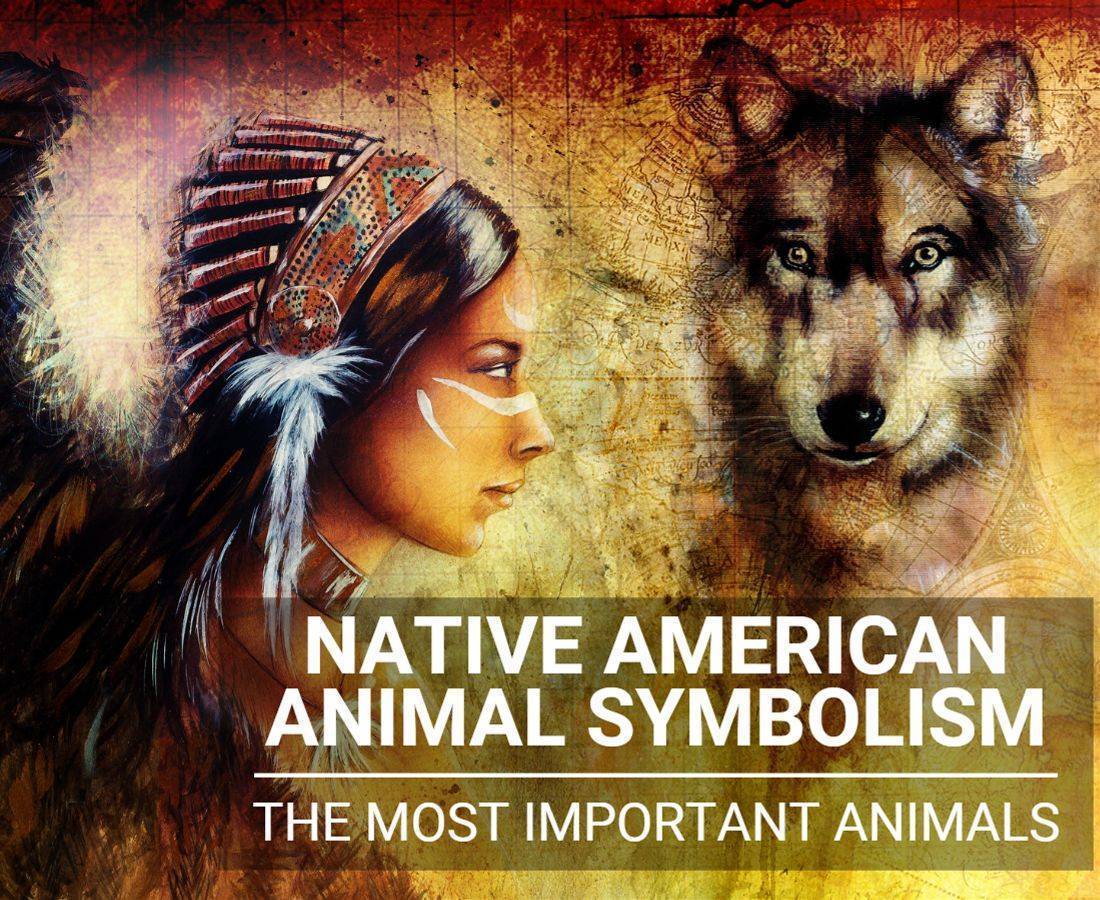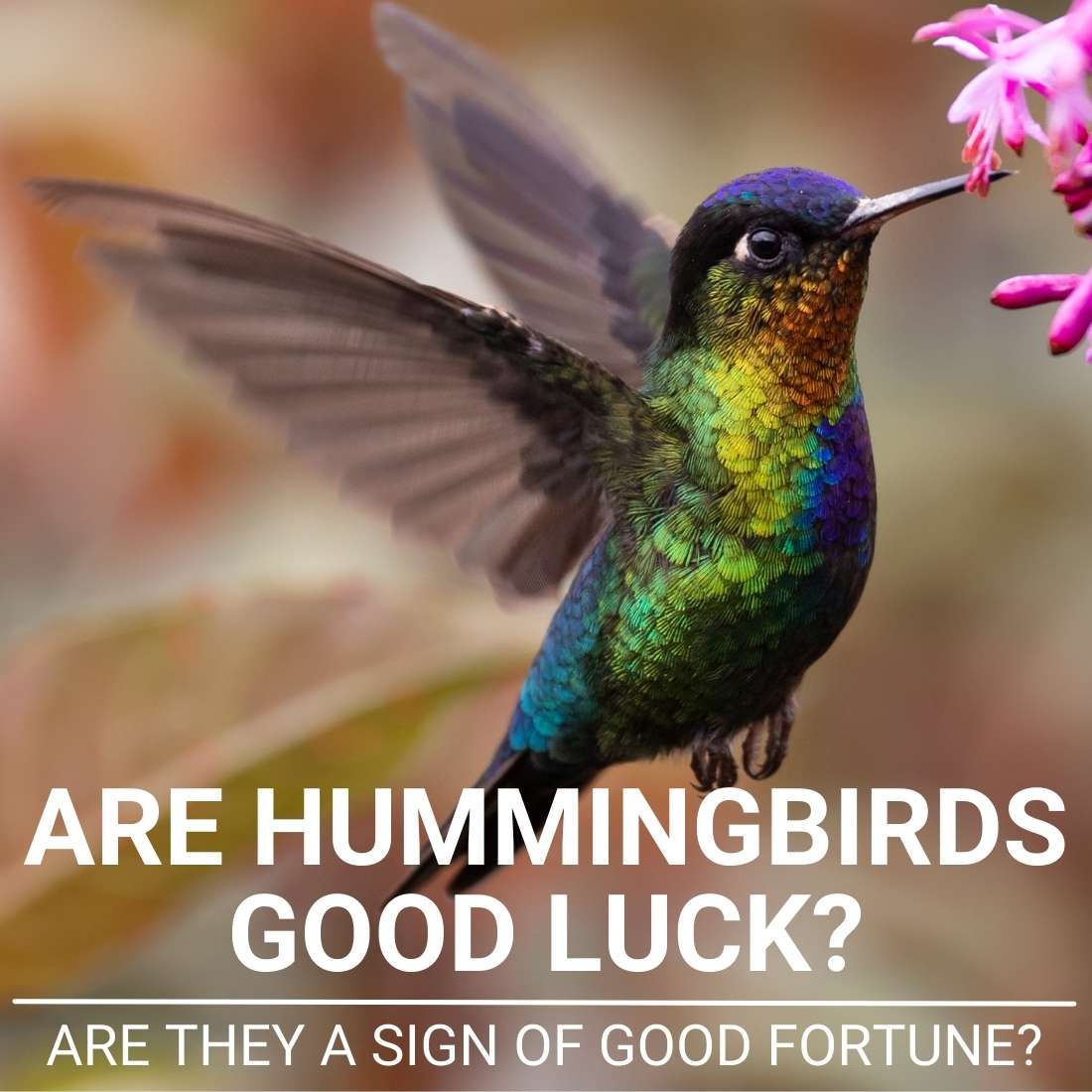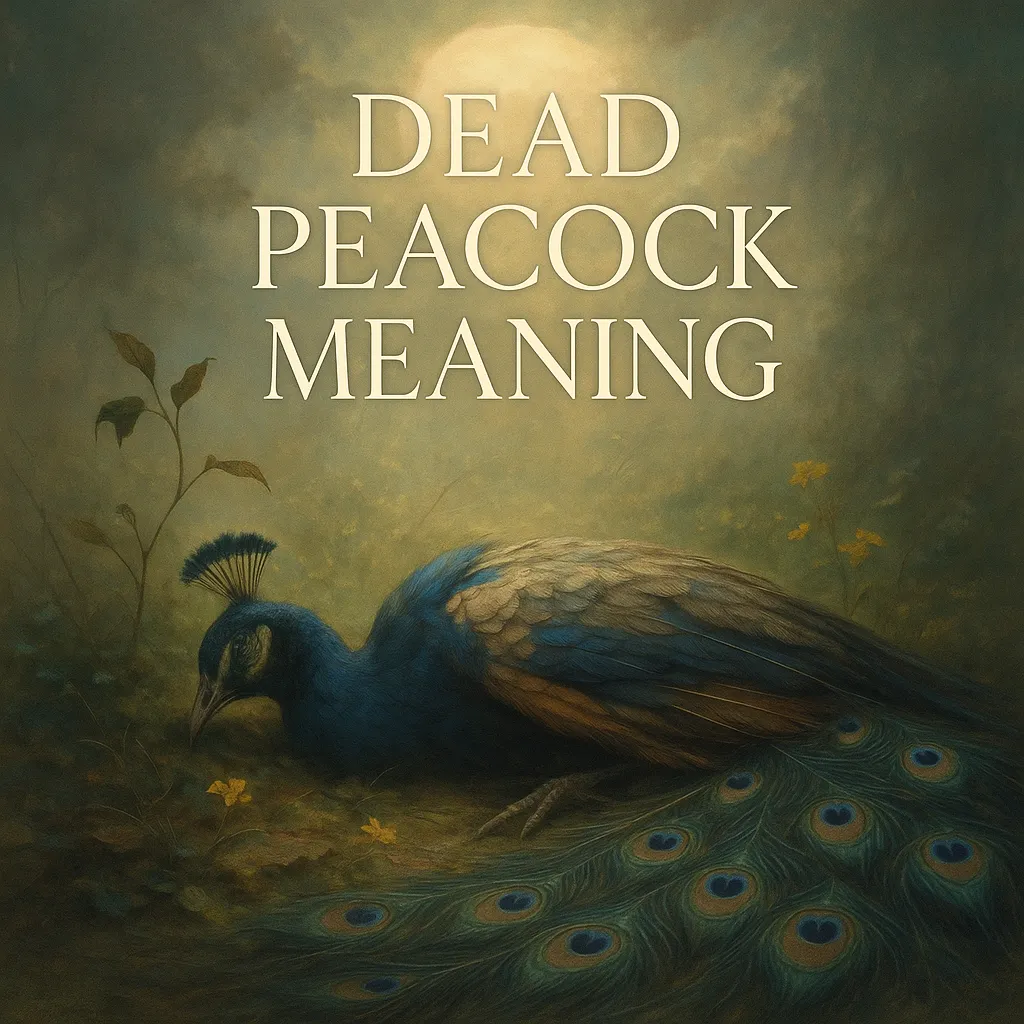Long before European settlers arrived on the shores of North America, Indigenous peoples developed profound spiritual relationships with the animal world that continue to inspire and teach us today. Animal symbols in Native American cultures represent far more than mere decorative motifs—they embody ancient wisdom about our connection to nature, personal character development, and the sacred balance of all living things. The rich tapestry of native american animal spirit guides offers modern spiritual seekers a pathway to reconnect with natural wisdom in an increasingly disconnected world.
Table of Contents
- 1 Key Takeaways
- 2 The Foundation of Native American Animal Symbolism
- 3 Major Native American Animal Spirit Guides
- 4 Finding Your Animal Spirit Guide
- 5 Common Misconceptions About Native American Animal Guides
- 6 Contemporary Native American Perspectives
- 7 Conclusion: Honoring the Animal Messengers
- 8 Sources
- 9 Frequently Asked Questions
Key Takeaways
- Native American tribes view animals as spiritual messengers that bridge the human and divine realms
- Each animal guide embodies specific character traits and wisdom teachings that humans can integrate into their lives
- Regional tribal variations exist in how animal spirits are interpreted across different Native nations
- Connection with animal guides occurs through dreams, meditation, and mindful observation of nature
- Approaching these traditions requires cultural respect and acknowledgment of their sacred origins
The Foundation of Native American Animal Symbolism
At the heart of Indigenous spiritual traditions lies a holistic worldview that perceives no separation between humans and the natural world. Unlike Western perspectives that often place humans above or apart from nature, Native American cosmology embraces the interconnectedness of all living beings. This perspective forms the foundation upon which animal symbolism is built.
This relationship with animal beings transcends mere symbolism—it represents a living, breathing spiritual philosophy that has sustained Indigenous communities for thousands of years. The teachings embodied by animal guides offer practical wisdom for navigating life’s challenges while maintaining harmony with the natural world.
Animals as Spiritual Teachers in Native American Traditions
In many Native traditions, animals aren’t merely physical creatures but embodied spirits that carry messages between worlds. When an animal repeatedly appears to someone—whether in physical form, dreams, or visions—it’s often interpreted as a spiritual communication. These encounters aren’t coincidental but meaningful exchanges between different forms of consciousness.
An important distinction exists between personal animal guides and tribal totems. While individual spirit guides might come to a person through dreams or vision quests, clan or tribal totems represent collective spiritual connections passed down through generations. The eagle, for instance, might serve as both a personal guide for an individual and a tribal totem representing specific qualities valued by an entire community.
Dreams and visions historically played crucial roles in establishing connections with animal spirits. Many tribes practiced rituals specifically designed to receive animal guidance, including fasting, sweat lodge ceremonies, and solitary wilderness retreats. These practices created sacred space for spiritual communion with animal messengers.
Regional Variations in Animal Spirit Traditions
While certain fundamental principles remain consistent across Native American spiritual traditions, significant regional variations exist in how animal symbolism is expressed and interpreted:
Plains Nations, including the Lakota, Cheyenne, and Blackfeet, developed deep spiritual relationships with eagles and buffalo. The buffalo represented abundance and sacrifice, while the eagle symbolized connection to the Creator. Coyote often appeared as a trickster figure teaching wisdom through seemingly foolish actions.
Southwestern Nations like the Hopi, Navajo, and Pueblo peoples incorporated snake, bear, and mountain lion symbolism into their spiritual practices. The snake represented transformation and renewal, while bears embodied healing powers and protective strength.
Northeastern Woodland Nations, including the Iroquois Confederacy and Algonquin peoples, honored turtle spirit animal teachings about patience and longevity. Deer symbolized gentleness and grace, while wolves represented family loyalty and cooperation.
Northwestern Nations such as the Haida, Tlingit, and Coast Salish developed rich traditions around salmon, ravens, and bears. Salmon represented abundance and sacrifice, while ravens carried messages between worlds and brought transformation.
Major Native American Animal Spirit Guides
While countless animals appear throughout Native American spiritual traditions, certain guides feature prominently across multiple tribal cultures. These animal spirits carry universal teachings while also holding specific significance within particular tribal contexts.
Eagle: The Divine Messenger
The eagle holds a position of unique reverence across virtually all Native American spiritual traditions. Soaring higher than any other bird, the eagle symbolism represents our connection to Creator or Great Spirit. Its feathers are considered among the most sacred objects, used in prayer to carry human petitions to the spiritual realm.
Eagle medicine teaches us about spiritual vision—seeing beyond immediate circumstances to perceive higher truths. Just as the eagle can spot tiny movements from great heights, those who connect with eagle energy develop the ability to discern patterns and meanings that others might miss.
For the Lakota, eagle feathers represent honor and are earned through acts of courage or wisdom. Cherokee traditions view the eagle as a messenger between earth and sky, while Hopi ceremonies incorporate eagle imagery to invoke divine presence. The eagle’s protected status today reflects both its ecological importance and continuing spiritual significance for Indigenous peoples.
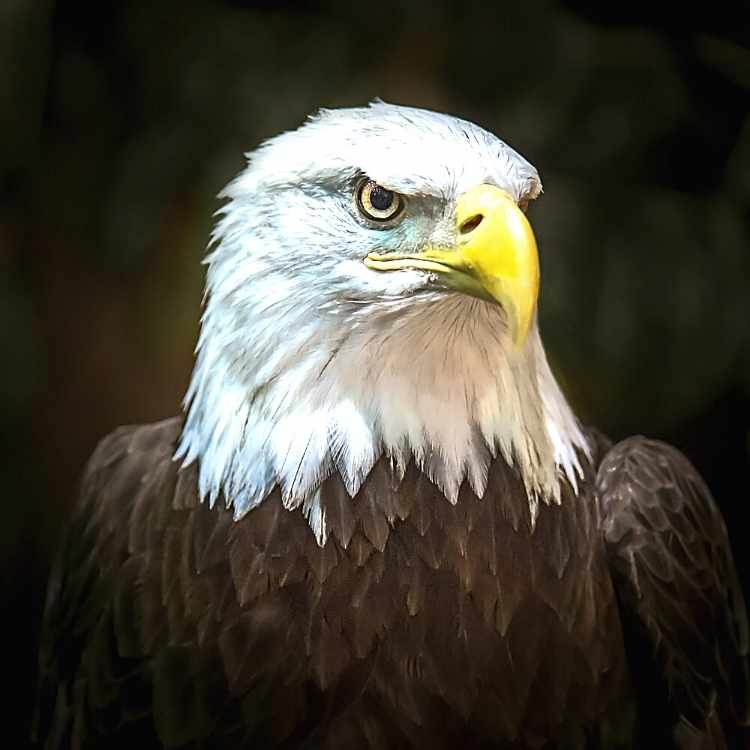
Wolf: The Teacher of Loyalty and Family
Wolf energy embodies the sacred balance between individual freedom and community responsibility. Wolves teach us about loyal cooperation within social structures—how to be both a good leader and a good follower depending on what the community needs.
In many tribal structures, wolf clans often held responsibilities related to protection and pathfinding. The wolf’s hunting prowess taught strategic thinking and cooperative problem-solving. Wolf medicine connects us with our intuitive abilities and instinctual wisdom that transcends intellectual understanding.
Unlike European folklore that often demonized wolves, Native American traditions generally respected the wolf’s social intelligence and family devotion. Modern wolf conservation efforts resonate with Indigenous teachings about maintaining natural balance and honoring the interconnectedness of all species.
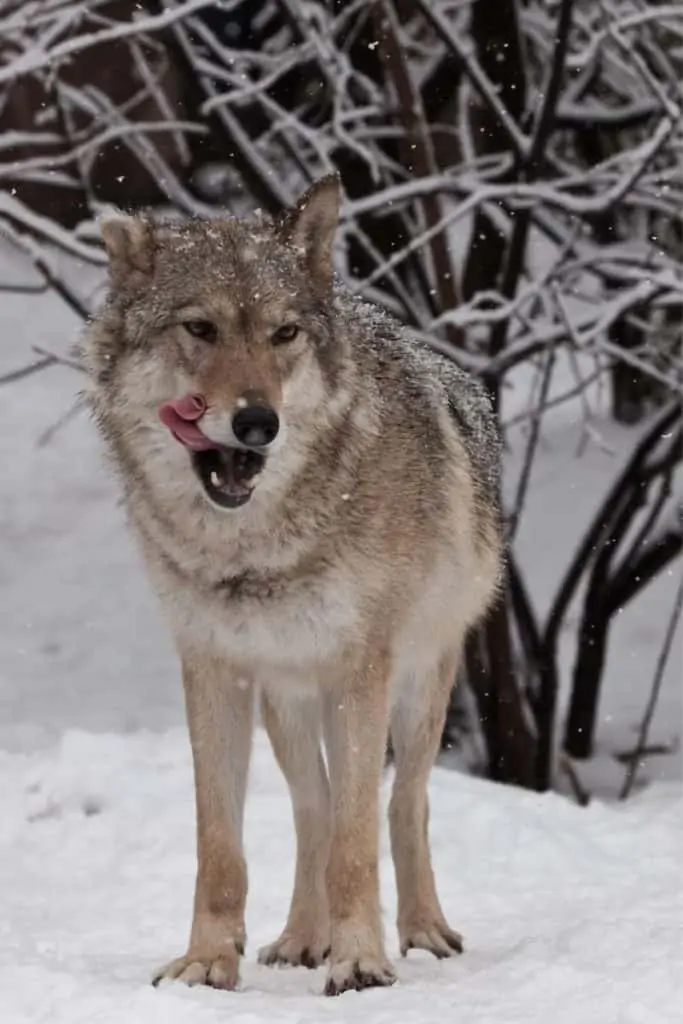
Bear: The Healer and Protector
Bear medicine crosses tribal boundaries as a symbol of introspective strength and healing wisdom. The bear’s annual hibernation cycle teaches about the importance of withdrawal, rest, and renewal. By retreating into dreams during winter, bears demonstrate how quiet contemplation precedes powerful action.
Many healing traditions connect to bear energy, as bears instinctively know which plants cure ailments. The mother bear’s fierce protection of her cubs represents the spiritual warrior aspect that defends what’s precious without hesitation.
Bear ceremonies often involved seeking guidance for healing practices or protection during challenging times. Today, conservation of bear habitats connects with Indigenous teachings about respecting the medicine these powerful beings bring to the ecosystem.
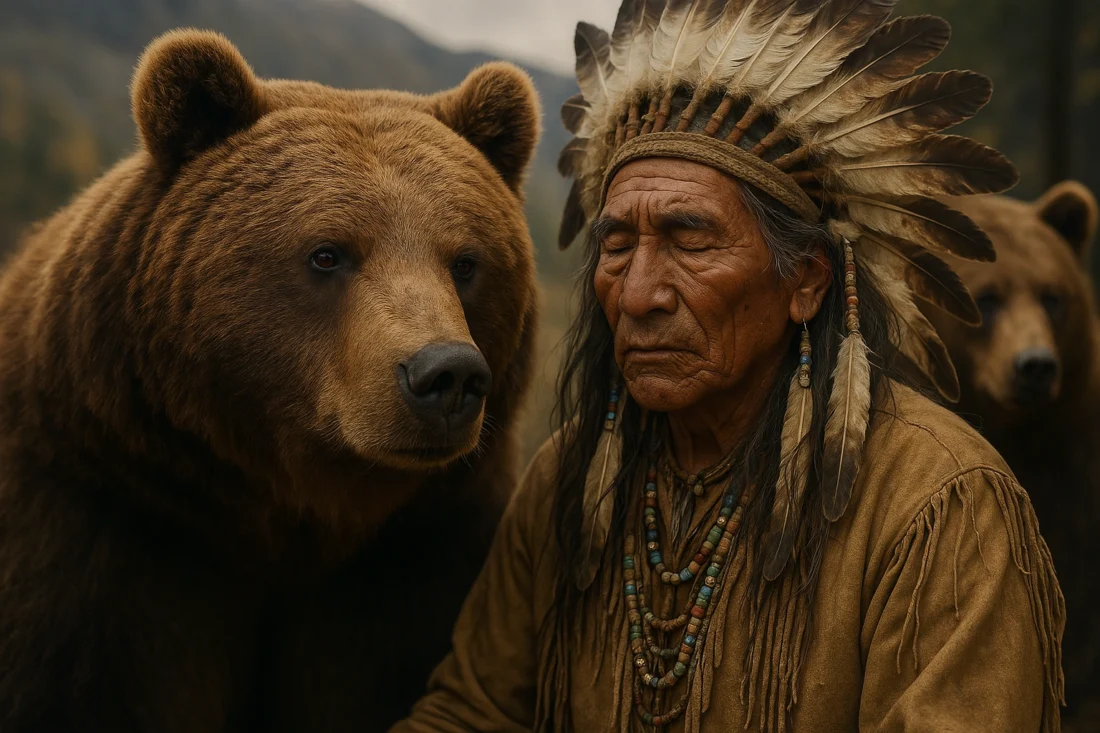
Turtle: Keeper of Earth’s Stories
Across many Native American creation stories, Turtle plays a foundational role as the being who carries the earth on its back. “Turtle Island” remains a traditional name for North America in many tribal communities, reflecting this ancient understanding.
Turtle medicine teaches patience, longevity, and steady persistence. The turtle’s protective shell demonstrates healthy boundaries, while its slow, deliberate movement reminds us that lasting achievements require consistent effort rather than rushed action.
The thirteen sections on many turtle shells connect to lunar cycles and the thirteen moons of a solar year in many tribal calendars. This makes turtle a keeper of time and seasonal wisdom. Turtle energy encourages us to ground ourselves in present reality while honoring ancient histories.
Coyote/Raven: Sacred Tricksters and Transformers
Trickster figures like Coyote and Raven hold special significance in Native American spiritual traditions. Unlike European concepts of tricksters as merely mischievous, Indigenous tricksters serve profound spiritual purposes—challenging rigid thinking, introducing necessary chaos that leads to growth, and teaching through humorous reversal.
Coyote predominates in Southwestern and Plains traditions, while Raven appears more frequently in Northwestern tribal stories. Both bring transformative gifts to humanity, often through seemingly foolish or disruptive actions that ultimately reveal deeper wisdom.
These trickster energies teach adaptability, resilience, and the power of laughter in difficult circumstances. Their medicine helps us recognize the limitations of our perspectives and remain open to unexpected solutions. Psychologically, they represent integration of shadow aspects that conventional wisdom might reject.
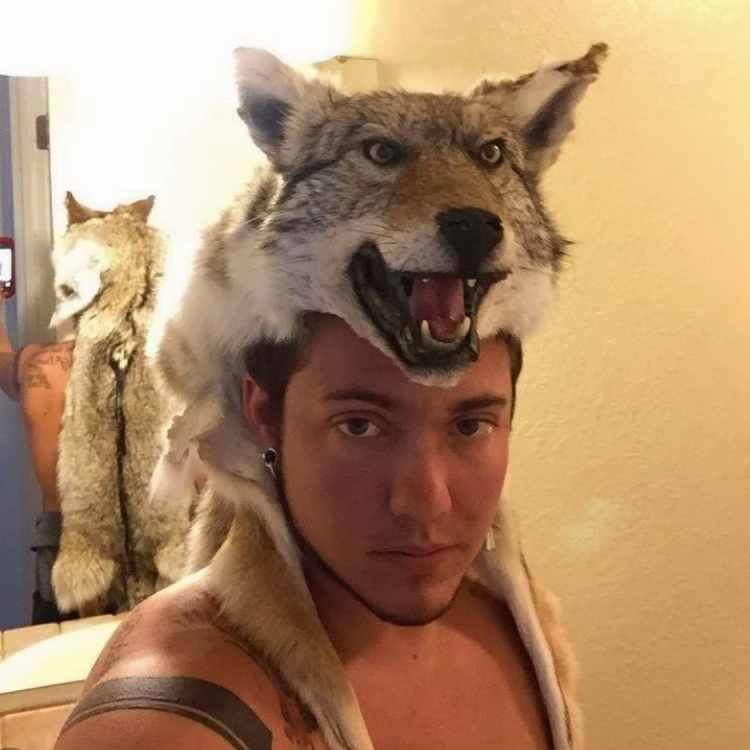
Buffalo/Bison: Provider and Sacrifice
For Plains Nations, the buffalo represented the ultimate gift of life-sustaining abundance. The spiritual relationship between buffalo and humans went far beyond physical sustenance—it embodied sacred teachings about respectful reciprocity with all life.
Buffalo ceremonies honored the sacrifice these beings made for human survival. Every part of the buffalo was used with prayers of gratitude, from meat for food to hides for shelter to bones for tools. This waste-free approach reflected deep spiritual understanding of honoring life’s gifts.
The near-extinction of buffalo during American westward expansion represented not just ecological devastation but spiritual trauma for tribes whose identities connected deeply with these animals. Modern buffalo restoration efforts on tribal lands thus carry both ecological and spiritual significance—healing broken relationships with these sacred providers.
Finding Your Animal Spirit Guide
While Indigenous traditions around animal guides involve specific cultural protocols, many spiritual seekers today feel drawn to connect with animal energies. Approaching this path with cultural respect and awareness remains essential, distinguishing between appropriative “spirit animal shopping” and genuine spiritual connection with animal wisdom.
Signs and Synchronicities
Traditional teachings suggest that animal guides often reveal themselves through meaningful patterns of encounter. When a particular animal repeatedly appears in your life—whether physically, in dreams, or through symbolic representations—it may indicate a spiritual message requiring attention.
Dreams featuring animals hold special significance in many Native traditions. Animals appearing in vivid dreams, especially those that leave strong emotional impressions, might represent spiritual guides attempting communication. Recording these dreams helps identify patterns over time.
Physical sensations sometimes accompany animal guide connections. You might experience goosebumps, a racing heart, or unusual calm when encountering certain animals. These bodily responses can indicate resonance with particular animal energies.
Learning to distinguish between ordinary animal encounters and spiritually significant ones requires developing discernment. A single bird sighting might be coincidental, but if hawks appear at pivotal moments in your life or in unusual numbers, this pattern suggests deeper meaning.
Respectful Approaches to Animal Guide Work
Meditation practices can help cultivate awareness of animal energies without appropriating specific tribal ceremonies. Simple meditation focusing on heart-centered connection with a particular animal’s qualities opens space for genuine understanding.
Journaling about animal encounters creates a record of potential patterns and insights. Note when and where you encounter specific animals, how you felt during these encounters, and any insights that arose afterward. Over time, meaningful connections often become evident.
Creating personal rituals of acknowledgment might include expressing gratitude when animal messengers appear, creating artwork honoring their teachings, or making lifestyle changes that reflect their wisdom. These practices should emerge from authentic personal connection rather than mimicking ceremonies from specific tribes.
Ethical considerations around cultural appropriation remain important. Rather than claiming Indigenous spiritual titles or performing ceremonies from traditions not your own, focus on universal aspects of animal wisdom while acknowledging the Indigenous origins of these concepts.
Common Misconceptions About Native American Animal Guides
Popular culture has generated numerous misunderstandings about Native American spiritual traditions, particularly regarding animal guides. These misconceptions distort the depth and complexity of Indigenous spiritual relationships with animals.
“Spirit Animals” vs. Indigenous Traditions
The casual use of “what’s your spirit animal?” in popular culture oversimplifies complex spiritual traditions. This phrase, which entered mainstream vocabulary through New Age interpretations and internet memes, often lacks the cultural context and reverence of authentic Indigenous practices.
More respectful terminology might include “animal guide” or simply acknowledging an affinity with certain animal qualities. True spiritual relationships with animal energies develop through time, experience, and genuine connection—not through online quizzes or casual self-assignment.
Honoring the depth of authentic traditions means recognizing that in many Indigenous cultures, animal guides aren’t chosen but revealed through dreams, visions, or significant life events. These relationships carry responsibilities and teachings rather than merely reflecting personality traits.
Oversimplification and Stereotyping
One-size-fits-all interpretations of animal meanings contradict the rich diversity of Native American cultures. What a bear represents in Lakota tradition might differ significantly from its meaning among Coastal Salish peoples. Cookie-cutter explanations found in many popular books fail to honor these important distinctions.
Regional variations reflect different ecological relationships and cultural histories. Eagles hold unique significance for tribes in regions where they’re abundant, while desert tribes might focus more on snake or coyote medicines based on their environmental contexts.
Understanding animal teachings requires context—the same animal might bring different messages depending on how it appears, the season, or current life circumstances. This nuanced approach differs greatly from the simplified lists of meanings found in many commercial resources.
Contemporary Native American Perspectives
Native American spiritual traditions continue as living practices rather than historical artifacts. Contemporary Indigenous perspectives on animal symbolism balance traditional teachings with modern applications, often addressing current environmental and cultural challenges.
Cultural Revitalization Movements
Across North America, Indigenous youth programs are reconnecting new generations with traditional animal teachings. These initiatives blend elder wisdom with contemporary forms of expression, ensuring cultural continuity while addressing modern challenges.
Language preservation efforts remain crucial, as many animal concepts contain nuances lost in translation to English. Terms for specific animal-human relationships often reflect spiritual understandings that English words like “symbol” or “guide” inadequately capture.
Land restoration and animal reintroduction projects on tribal lands represent spiritual practices as much as ecological initiatives. When tribes work to reintroduce wolves, buffalo, or salmon to traditional territories, they’re restoring not just ecosystems but spiritual relationships disrupted by colonization.
Contemporary Indigenous art expressing animal spirituality creates bridges between traditional knowledge and modern audiences. Artists like Norval Morrisseau (Ojibwe) and Jackie Traverse (Anishinaabe) incorporate animal imagery that communicates ancient wisdom in contemporary visual language.
Balancing Tradition and Innovation
Animal guide traditions continue adapting to modern challenges while maintaining core spiritual principles. Contemporary practitioners might receive animal messages through urban wildlife encounters or even media representations, while interpreting these signs through traditional frameworks.
Digital storytelling and new media now transmit animal teachings across generations. Native American bird symbols and other animal teachings appear in Indigenous-created video games, animations, and social media content that engage younger generations with ancestral wisdom.
Climate change impacts traditional animal relationships as migration patterns shift and habitats transform. Many tribal elders note changing behaviors in animal populations that affect traditional interpretations of animal appearances and signs.
Urban Indigenous approaches balance traditional animal spirituality with city living realities. Connecting with animal energies might involve visiting urban wildlife areas, maintaining small altars with ethical found objects, or studying traditional stories that preserve animal wisdom.
Conclusion: Honoring the Animal Messengers
The profound animal symbolism within Native American spiritual traditions offers contemporary seekers a pathway to deeper ecological consciousness and spiritual connection. However, this journey requires balancing appreciation with respect for the cultural contexts from which these teachings emerge.
True understanding of native american animal spirit guides develops not through casual adoption of concepts but through patient listening, learning from appropriate sources, and developing genuine relationships with the natural world. When approached with humility and respect, these ancient teachings reveal their continued relevance in addressing modern spiritual and ecological challenges.
I encourage you to begin your own journey of connecting with animal wisdom by simply paying attention to the creatures that cross your path. Rather than immediately seeking interpretations, first develop the practice of mindful observation and gratitude. The deeper meanings will reveal themselves in time, as they have for countless generations of human beings walking in harmony with our animal relations.
Sources
- Legends of America – Native American Totems and Their Meanings
- Native American Vault – Totem Animals and Their Meanings
- Building Beautiful Souls – Native American Animal Symbols
- Kachina House – Native American Animal Symbols Meaning in Art
- Eagle Rock Trading Post – Symbol Meanings
Frequently Asked Questions
What are native american animal spirit guides?
Native American animal spirit guides are spiritual messengers that appear in dreams, visions, or physical encounters to offer guidance and teachings. Unlike the casual “spirit animal” concept popular in mainstream culture, these relationships develop through meaningful spiritual experiences and carry specific responsibilities and lessons. Different tribal nations have distinct traditions regarding how these animal guides manifest and what their appearances signify.
How do I find my animal spirit guide?
Traditional Native American teachings suggest that animal guides reveal themselves through meaningful patterns, dreams, and significant encounters rather than being chosen. Practices that might help you recognize these connections include mindful observation of which animals repeatedly appear in your life, dream journaling, meditation, and spending time in natural settings. Remember that authentic connections develop over time and often come with specific lessons or challenges rather than simply affirming your personality traits.
What is the difference between a totem and a spirit animal?
In traditional Native American contexts, totems often represent clan or tribal affiliations passed down through family lineages, while personal spirit guides might come to individuals through dreams or visions. Totems generally serve community identity and connection to ancestors, whereas personal animal guides offer individual guidance and teachings. The term “spirit animal” itself is not traditionally used in most Native cultures and has been popularized through New Age adaptations of Indigenous concepts.
